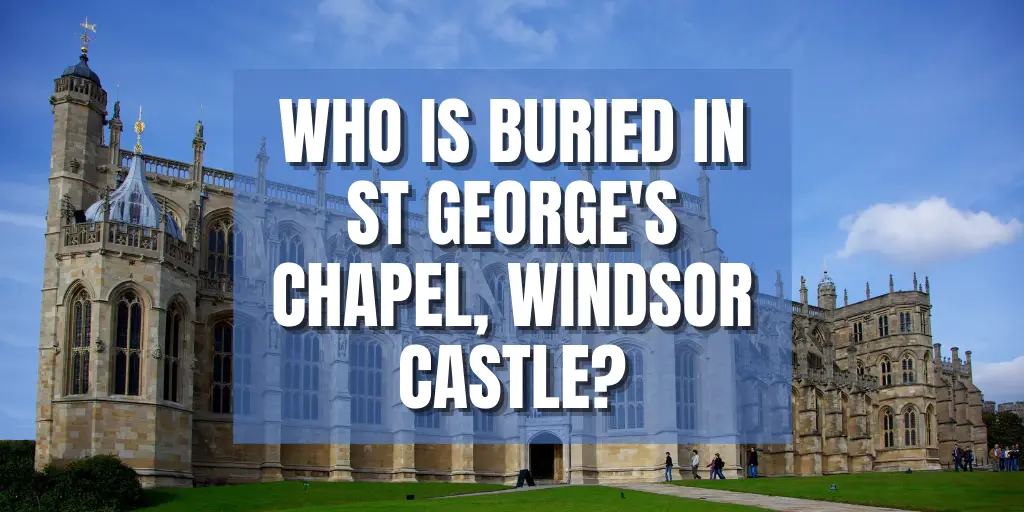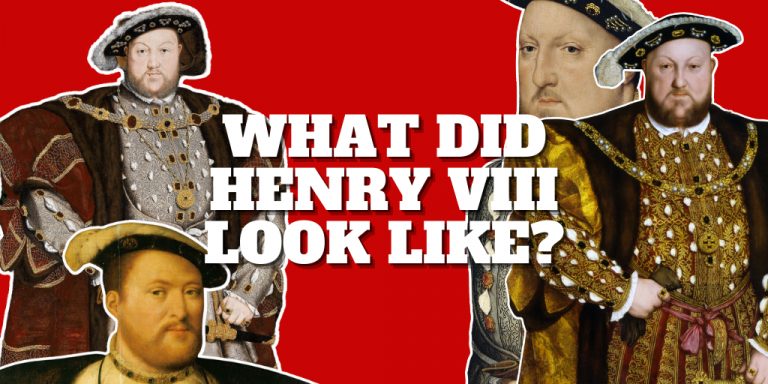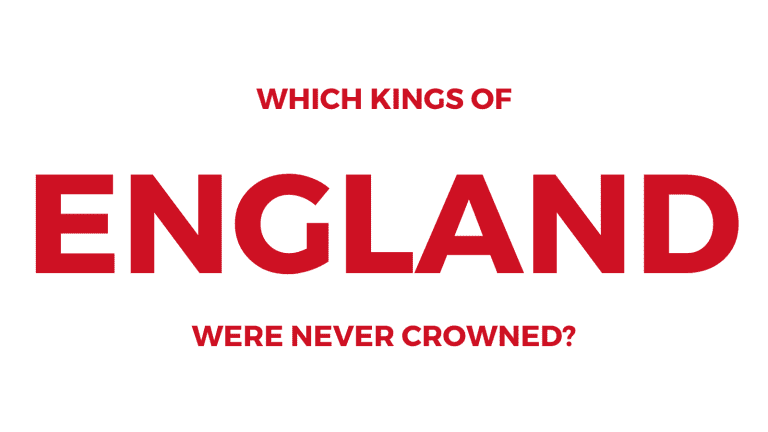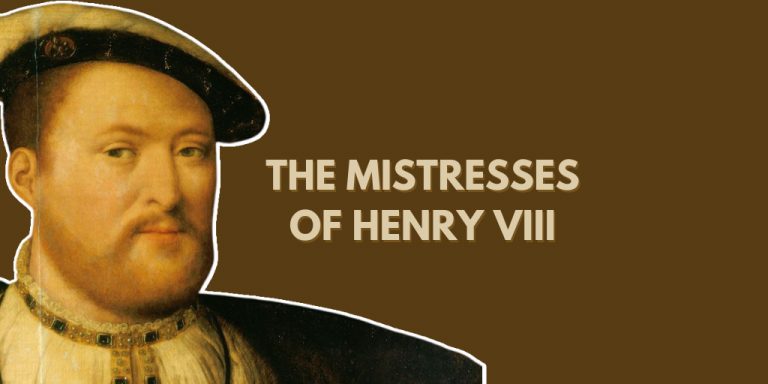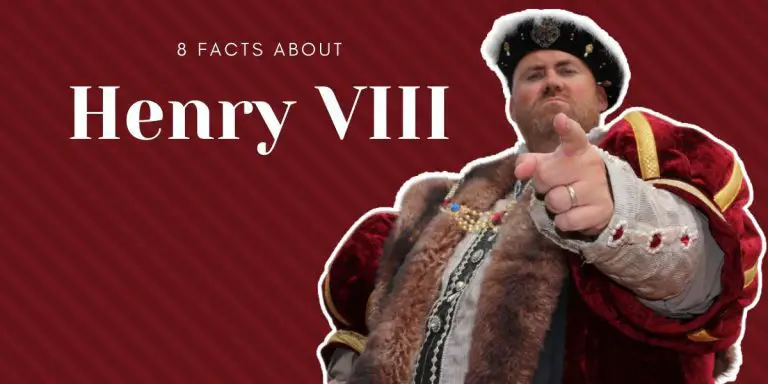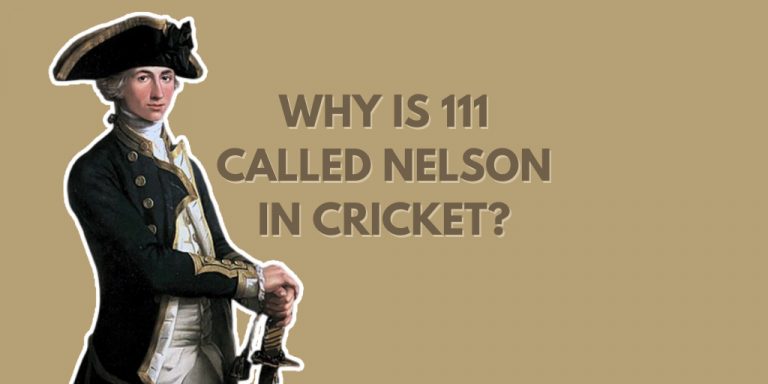Who is buried in St George’s Chapel, Windsor Castle?
[et_pb_section fb_built=”1″ _builder_version=”4.15″ _module_preset=”default” global_colors_info=”{}”][et_pb_row _builder_version=”4.15″ _module_preset=”default” global_colors_info=”{}”][et_pb_column type=”4_4″ _builder_version=”4.15″ _module_preset=”default” global_colors_info=”{}”][et_pb_text _builder_version=”4.15.0″ _module_preset=”default” global_colors_info=”{}”]
Her Majesty Queen Elizabeth II will be laid to rest at St George’s Chapel Windsor Castle following her funeral service at Westminster Abbey.
This is the same location where the funeral of her husband, Prince Philip, Duke of Edinburgh, took place in 2021.
[/et_pb_text][/et_pb_column][/et_pb_row][et_pb_row _builder_version=”4.15.0″ _module_preset=”default” global_colors_info=”{}”][et_pb_column type=”4_4″ _builder_version=”4.15.0″ _module_preset=”default” global_colors_info=”{}”][et_pb_text _builder_version=”4.15.0″ _module_preset=”default” global_colors_info=”{}”]
What is the history of St George’s Chapel, Windsor?
[/et_pb_text][/et_pb_column][/et_pb_row][et_pb_row _builder_version=”4.15.0″ _module_preset=”default” global_colors_info=”{}”][et_pb_column type=”4_4″ _builder_version=”4.15.0″ _module_preset=”default” global_colors_info=”{}”][et_pb_text _builder_version=”4.15.0″ _module_preset=”default” global_colors_info=”{}”]
King Edward III founded the chapel in 1348. It was attached to the Chapel of Edward the Confessor that sat within the Norman stronghold of Windsor Castle.
The current chapel’s construction was begun in 1475 by King Edward IV and was completed by his grandson, Henry VIII, in 1528. It sits within the Norman stronghold of Windsor Castle.
The chapel is the home of the Order of the Garter, England’s oldest order of chivalry. The Knights of the Garter are the most senior order of knighthood in the honours system. Appointments are made solely by the sovereign, currently King Charles III. The banners of the knights are displayed in St George’s Chapel.
On the chapel’s roof stand the Queen’s Beasts – which represent the genealogy of Queen Elizabeth II. They are based on the King’s Beasts which stand outside Hampton Court.
[/et_pb_text][/et_pb_column][/et_pb_row][et_pb_row _builder_version=”4.15.0″ _module_preset=”default” global_colors_info=”{}”][et_pb_column type=”4_4″ _builder_version=”4.15.0″ _module_preset=”default” global_colors_info=”{}”][et_pb_text _builder_version=”4.15.0″ _module_preset=”default” global_colors_info=”{}”]
What is the King George VI Memorial Chapel?
[/et_pb_text][/et_pb_column][/et_pb_row][et_pb_row _builder_version=”4.15.0″ _module_preset=”default” global_colors_info=”{}”][et_pb_column type=”4_4″ _builder_version=”4.15.0″ _module_preset=”default” global_colors_info=”{}”][et_pb_text _builder_version=”4.15.0″ _module_preset=”default” global_colors_info=”{}”]
The construction of the King George VI memorial chapel was completed in 1969, making it the newest part of St George’s Chapel.
Ultimately, Queen Elizabeth II and Prince Philip will be buried in the King George VI Memorial Chapel. This is the resting place of the Queen’s parents, King George VI and Queen Elizabeth, the Queen Mother, and it holds the ashes of her sister Princess Margaret. At present, Prince Philip lies in the royal vault.
[/et_pb_text][/et_pb_column][/et_pb_row][et_pb_row _builder_version=”4.15.0″ _module_preset=”default” global_colors_info=”{}”][et_pb_column type=”4_4″ _builder_version=”4.15.0″ _module_preset=”default” global_colors_info=”{}”][et_pb_text _builder_version=”4.15.0″ _module_preset=”default” global_colors_info=”{}”]
Are all monarchs buried at St George’s Chapel?
[/et_pb_text][/et_pb_column][/et_pb_row][et_pb_row _builder_version=”4.15.0″ _module_preset=”default” global_colors_info=”{}”][et_pb_column type=”4_4″ _builder_version=”4.15.0″ _module_preset=”default” global_colors_info=”{}”][et_pb_text _builder_version=”4.15.0″ _module_preset=”default” global_colors_info=”{}”]
St George’s Chapel is one of the two principal resting places for the Sovereigns of England, the other being Westminster Abbey.
Most of the monarchs of the United Kingdom are buried here.
Some very notable monarchs are buried there, including the infamous Henry VIII, who lies next to his favourite Queen, Jane Seymour and Charles I, who was the only monarch to be executed.
[/et_pb_text][/et_pb_column][/et_pb_row][et_pb_row _builder_version=”4.15.0″ _module_preset=”default” global_colors_info=”{}”][et_pb_column type=”4_4″ _builder_version=”4.15.0″ _module_preset=”default” global_colors_info=”{}”][et_pb_text _builder_version=”4.15.0″ _module_preset=”default” global_colors_info=”{}”]
Who is buried in St George’s Chapel, Windsor Castle?
[/et_pb_text][/et_pb_column][/et_pb_row][et_pb_row _builder_version=”4.15″ _module_preset=”default” global_colors_info=”{}”][et_pb_column type=”4_4″ _builder_version=”4.15″ _module_preset=”default” global_colors_info=”{}”][et_pb_text _builder_version=”4.15″ _module_preset=”default” header_2_text_color=”#7e0f82″ global_colors_info=”{}”]
Monarchs
[/et_pb_text][/et_pb_column][/et_pb_row][et_pb_row _builder_version=”4.15″ _module_preset=”default” global_colors_info=”{}”][et_pb_column type=”4_4″ _builder_version=”4.15″ _module_preset=”default” global_colors_info=”{}”][et_pb_text _builder_version=”4.15″ _module_preset=”default” global_colors_info=”{}”]
Edward IV
Principle player in the Wars of the Roses. The heir of Richard, Duke of York, went on to win the crown with some cunning military tactics. He was deposed once and fled to The Netherlands but landed at the rather awesomely named Ravenspur in Yorkshire in 1471 to reclaim his crown. The Lancastrian loyalists were all but wiped out in a mass slaughter after the battle of Tewkesbury, making Edward’s crown secure.
Henry VI
The “Other” principle player in the Wars of the Roses. (Richard III and Henry VII were just afterthoughts in that story.) Henry went through long periods of “madness”, which started the conflict in the first place. He had fallen into the hands of Edward IV more than once and was finally kept prisoner in the Tower of London. After the Yorkist victory at the Battle of Tewkesbury, he was murdered, as legend has it, while at prayer in the Wakefield Tower.
George III
Unfortunately best known for being mad. He was, at the time, the longest-reigning British monarch. Whilst he battled with his illness, the world changed around him. Britain’s American colonies were lost in the American War of Independence. However, great victories were achieved in France, which concluded with the defeat of Napoleon at Waterloo.
George IV
One of the real “characters” of the British Monarchy. He was the Prince Regent for long periods of his father’s reign. He was considered by many mad himself, although nothing official on this was ever released. He was deemed extravagant and wasteful and was often mocked in the press for his ever-expanding girth. He had a terrible relationship with his wife, who he didn’t even allow to attend his coronation. They formally separated after the birth of his daughter. George had a long-standing mistress, Maria Fitzherbert. He even married her before he married Caroline of Brunswick, but it was declared invalid because George III hadn’t consented to the marriage. As well as Maria, George had a string of other mistresses, who kept him busy between meals.
William IV
Yes, I’ll be honest, I had to look him up as well. William was George IV’s younger brother. He became King at 64 years of age. Like his brother before him, he was rather keen on actresses. He lived with one, Dorthea Jordan, for over twenty years and fathered ten illegitimate children with her. In later years, he married Adelaide of Saxe-Meiningen, but they had no surviving children, which lead to William’s niece, Victoria, becoming Queen.
Edward VII
The eldest son of Queen Victoria and another one with a reputation for enjoying the company of actresses. He did manage to have an age named after him, which was something I guess. He had been Prince of Wales and Heir Apparent for neigh on sixty years, which allowed him to indulge that interest in actresses. His final words were, “I am very glad,” which he spoke after being told his horse Witch of the Air had won at Kempton Park.
George V
He was the second son of Edward VII and never expected to become King. He served in the Navy, then his elder brother, Prince Albert Victor, died, and George found himself in direct line to the throne. During the first world war, he was King and renamed the royal house, Windsor, as opposed to the very germanic sounding House of Saxe-Coburg and Gotha. He was very keen on….stamp collecting! (Makes a change from actresses.) He built a vast collection. His doctor helped him on his way with a mixture of cocaine and morphine so his death might be reported first in the Times and not the crass tabloids.
George VI
Like his father, he never expected to become King. But his brother abdicated the throne as he was unable to marry the divorced American, Mrs Simpson. He had to battle a stammer all of his life, which was the subject of the film, The King’s Speech. He was King during the Second World War. He managed to stop Churchill from being present at D-Day by saying that he would therefore have to go as well.
Charles I
The loser in the English Civil war. Losers in wars don’t tend to fare very well, and for Charles, this meant having his head chopped off by Oliver Cromwell. They then needed somewhere “out of the way” to bury him that couldn’t be turned into a shrine; they settled on St George’s Chapel. They opened a vault in the middle of the quire… it turned out to be the vault containing the remains of the chap below. But they decided to chuck him in anyway.
Henry VIII
Not much introduction needed here. Henry had enormous plans for an elaborate tomb. But those plans were never actioned, and instead, he was buried next to Jane Seymour in the quire of St George’s Chapel. For many years there wasn’t even a stone marking his burial place. Finally, the one we see today was commissioned by Wiliam IV.
[/et_pb_text][/et_pb_column][/et_pb_row][et_pb_row _builder_version=”4.15.0″ _module_preset=”default”][et_pb_column _builder_version=”4.15.0″ _module_preset=”default” type=”4_4″][et_pb_video src=”https://youtu.be/E9bMMxnF4Ig” _builder_version=”4.15.0″ _module_preset=”default” hover_enabled=”0″ sticky_enabled=”0″][/et_pb_video][/et_pb_column][/et_pb_row][et_pb_row _builder_version=”4.15″ _module_preset=”default” global_colors_info=”{}”][et_pb_column type=”4_4″ _builder_version=”4.15″ _module_preset=”default” global_colors_info=”{}”][et_pb_text _builder_version=”4.15″ _module_preset=”default” header_2_text_color=”#7e0f82″ global_colors_info=”{}”]
Consorts
[/et_pb_text][/et_pb_column][/et_pb_row][et_pb_row _builder_version=”4.15″ _module_preset=”default” global_colors_info=”{}”][et_pb_column type=”4_4″ _builder_version=”4.15″ _module_preset=”default” global_colors_info=”{}”][et_pb_text _builder_version=”4.15″ _module_preset=”default” global_colors_info=”{}”]
Queen Jane Seymour
The third wife of Henry VIII and the one to bear him his only legitimate son, Edward.
Queen Charlotte
The wife of George III. She expanded Kew Gardens to what we know today. She also had a staggering 15 children with George. Not bad going considering he was mad!
Queen Adelaide
Probably the coolest name of any consort. The Australian city is named after her!
Queen Elizabeth Woodville
The White Queen in the Wars of the Roses. She was a widow when she went and stood with her children at the side of the road in the hope she could petition the new King for the return of her husband’s lands….when he rode by; he was so besotted she got a lot more than that! Mother of the Princes in the Tower.
Queen Alexandra
The wife of Edward VIII. Made Sandringham House what we know today and had Alexandra Palace named after her….as are at least 67 roads in the London area alone.
Queen Mary
The wife of George V. Lived to see her Granddaughter, Elizabeth II, become Queen. Cunard-White Star Line named a famous ocean liner after her, now retired in Long Beach, California.
Queen Elizabeth
Known to many people as the Queen Mother. She was the last empress of India.
[/et_pb_text][/et_pb_column][/et_pb_row][et_pb_row _builder_version=”4.15″ _module_preset=”default” global_colors_info=”{}”][et_pb_column type=”4_4″ _builder_version=”4.15″ _module_preset=”default” global_colors_info=”{}”][et_pb_text _builder_version=”4.15″ _module_preset=”default” header_2_text_color=”#7e0f82″ global_colors_info=”{}”]
Other notables
[/et_pb_text][/et_pb_column][/et_pb_row][et_pb_row _builder_version=”4.15″ _module_preset=”default” global_colors_info=”{}”][et_pb_column type=”4_4″ _builder_version=”4.15″ _module_preset=”default” global_colors_info=”{}”][et_pb_text _builder_version=”4.15″ _module_preset=”default” global_colors_info=”{}”]
Princess Charlotte
The only child of George IV. She was hugely popular in the country, and there was great expectation that she would become Queen one day. She died, just 21 years of age, after complications following the stillbirth of a boy. The entire country went into mourning. Shops closed for two weeks, as did the courts and the docks. Her stillborn son is buried at her feet.
[/et_pb_text][/et_pb_column][/et_pb_row][/et_pb_section]
